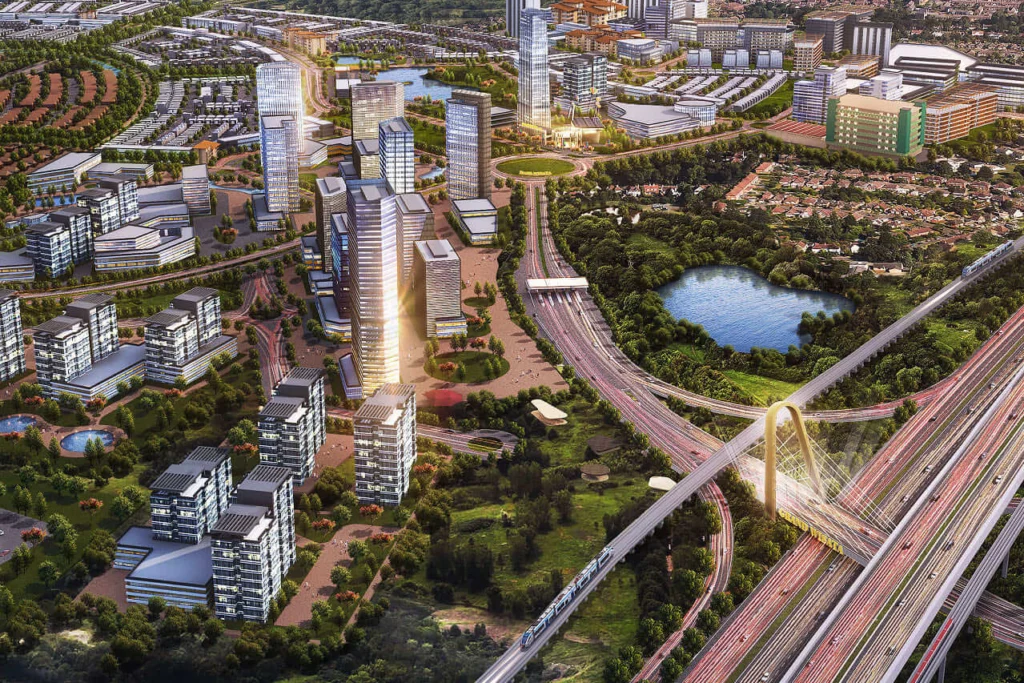How to Create a Self-Sustainable District
Creating a self-sustainable district is an ambitious yet achievable goal that involves careful planning, innovative technology, and community engagement. Here’s a guide to help you understand the essential steps and considerations for making a district self-sustainable:
1. Renewable Energy Sources
- Solar Power: Install solar panels on rooftops and community areas.
- Wind Energy: Utilize small-scale wind turbines if the area has sufficient wind resources.
- Geothermal Energy: Explore geothermal heating and cooling systems.
2. Water Management
- Rainwater Harvesting: Implement systems to collect and store rainwater for non-potable uses.
- Water Recycling: Install greywater recycling systems to reuse water from showers, sinks, and washing machines for irrigation and flushing toilets.
- Efficient Irrigation: Use drip irrigation and smart irrigation systems to minimize water waste in green spaces.
3. Waste Management
- Recycling Programs: Establish comprehensive recycling programs for residents and businesses.
- Composting: Promote composting organic waste to reduce landfill use and create nutrient-rich soil.
- Waste-to-Energy: Explore technologies that convert waste into energy.
4. Sustainable Transportation
- Public Transit: Develop efficient public transportation systems to reduce car dependency.
- Cycling Infrastructure: Build bike lanes and provide bike-sharing programs.
- Electric Vehicles: Install EV charging stations and encourage the use of electric vehicles.
5. Green Building Practices
- Energy-Efficient Buildings: Construct buildings with high insulation, energy-efficient windows, and smart heating/cooling systems.
- Green Roofs: Implement green roofs to reduce urban heat islands and provide additional green space.
- Sustainable Materials: Use locally sourced and sustainable building materials.
6. Community Engagement and Education
- Awareness Campaigns: Run campaigns to educate residents about sustainable practices and their benefits.
- Community Gardens: Encourage community gardening to promote local food production and community bonding.
- Workshops and Training: Offer workshops and training sessions on sustainability topics.
7. Smart Technology Integration
- Smart Grids: Implement smart grid technology to optimize energy use and distribution.
- IoT Solutions: Use Internet of Things (IoT) devices to monitor and manage water, energy, and waste systems efficiently.
- Data Analytics: Employ data analytics to track sustainability metrics and make informed decisions.
8. Local Food Production
- Urban Farming: Support urban farming initiatives to reduce food miles and provide fresh produce.
- Hydroponics and Aquaponics: Utilize hydroponic and aquaponic systems for efficient indoor farming.
9. Economic Incentives
- Subsidies and Grants: Provide financial incentives for residents and businesses to adopt sustainable practices.
- Tax Breaks: Offer tax breaks for green building projects and renewable energy installations.
10. Policy and Regulation
- Zoning Laws: Implement zoning laws that encourage mixed-use development and green spaces.
- Building Codes: Enforce building codes that mandate energy efficiency and sustainability standards.
By integrating these elements, a district can significantly reduce its environmental footprint, improve quality of life for its residents, and set a benchmark for sustainability that can inspire other communities. Sustainable districts not only benefit the environment but also create resilient and thriving communities for the future.





